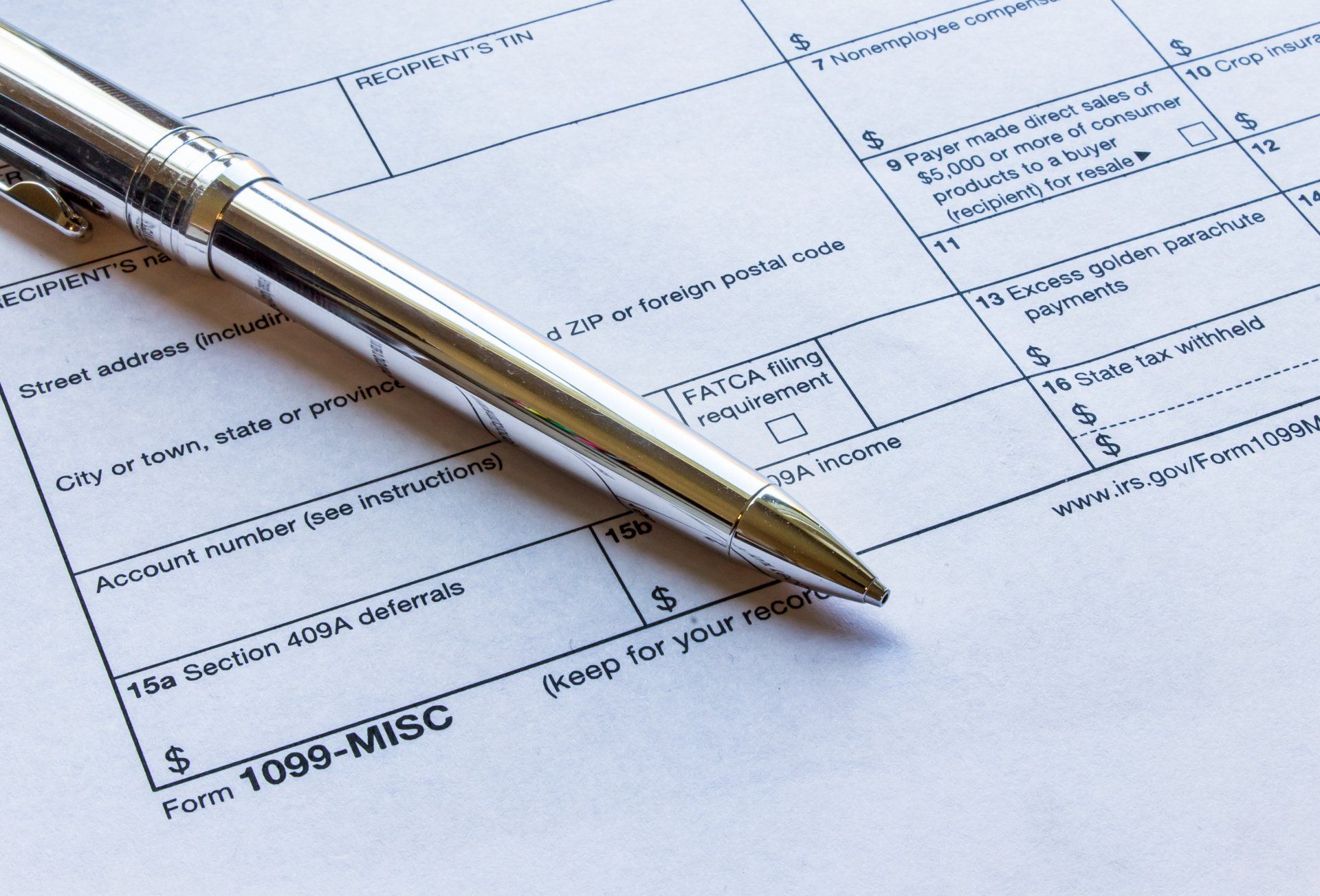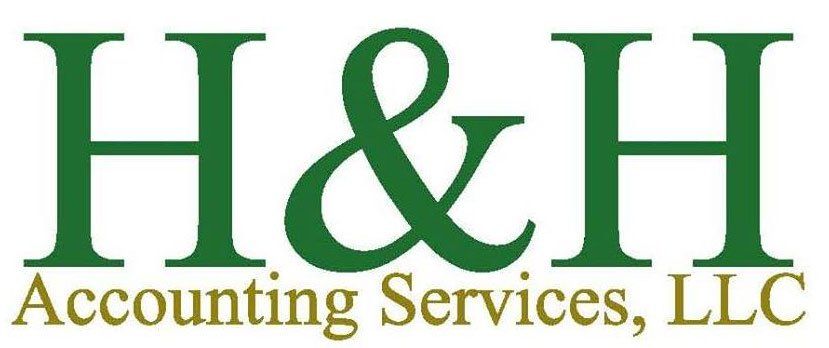How to Do Taxes if You’re a 1099 Self-Employed Contractor

What You Need to Do: The Basics
You can make the required quarterly payments several different ways.
- Pay by mail by filling out a 1040-ES voucher every quarter and mailing in a check
- Use the official IRS2Go app
- Pay by phone with a debit card, credit card or withdrawals from your checking account (IRS phone numbers and website addresses can be found on the bottom of page three of the 1040-ES form)
- Make an account with the Electronic Federal Tax Payment System and pay through the website (make sure to remember your password and pin as you’ll need both to login to make future payments)
The Four Quarterly Payment Deadlines
- April 15 (Taxes for January 1 through March 31 income)
- June 15 (Taxes for April 1 through May 31 income)
- September 15 (Taxes for June 1 through August 31 income)
- January 15 (Taxes for September 1 through December 31 income)
If You Choose to Mail in Your Estimated Tax Payment, Where Do You Mail It?
The location you need to mail your voucher and check to depends on which state you live in. You can find the list on page 5 of the 1040-ES form. For Arizona filers, the address is:
Internal Revenue Service
P.O. Box 802502
Cincinnati, OH 45280-2502
Standard Deduction
If you’re using the standard deduction, it is:
Married filing jointly: $24,800
Head of household: $18,650
Single or Married filing separately: $12,400
Figuring Out Social Security and Medicare Self-Employed Taxes
The following is a very basic overview of how you will estimate what you’ll owe for Social Security and Medicare.
You should read through the estimated tax worksheet (and the instructions) on the 1040-ES and make sure you’re making any line-item adjustments that are relevant to your situation.
You will need to estimate your income for the year, which isn’t necessarily easy for every contractor. It’s not the end of the world if you have to adjust quarterly payments later in the year based on changing circumstances.
For the sake of this example we’ll just assume you’ll be making $45,000 this year.
To get your self-employment taxable income you’ll multiply $45,000 by .9235, which is $41,557.50.
Social Security tax is 12.4 percent and Medicare is 2.9 percent for a total of 15.3 percent combined. Multiply 41,557.5 by .153, which is $6,358.30. That’s what you’ll owe for Social Security and Medicare self-employment taxes for the year.
Figuring Out Self-Employed Income Taxes
If you have above-the-line deductions, you can subtract those from your $45,000 income before going further. Examples of potential above-the-line deductions include things like:
- Classroom expenses for educators
- Some business expenses
- Contributions you make to a health savings account
- Contributions you made that year to your retirement plan (like a traditional IRA, not Roth IRAs)
- Student loan interest
It’s recommended you speak with an accountant, tax preparer or CPA before claiming a bunch of deductions. The IRS gets suspicious of certain deductions and you may need to provide evidence of legitimate expenses or face penalties. To describe IRS audits as inconvenient is an understatement; they are best avoided.
For the sake of simplicity, we’re going to assume you have no above-the-line deductions for our example – and we’re going to assume your filing status is single.
Subtract the single standard deduction from your income to get your taxable income: $45,000 - $12,400 = $32,600.
Now you’ll go to page seven on the 1040-ES form to find the tax rate that applies to you. At that taxable income you’d be in the “Over $9,875 but not over $40,125” bracket, which means your tax is $987.50 + 12% of the amount over $9,875. The math will be:
987.50 + (32,600 – 9,875 x .12) = $3,714.5
And just to show the math:
32,600 – 9,875 = $22,725
22,725 x .12 = $2,727
987.5 + 2,727 = 3,714.5
Putting It Together
You will need to add your self-employment income tax to your SS and Medicare tax: 3,714.50 + 6,358.30 = $10,072.80.
Then divide your total by four to get your quarterly payments: 10,072.80/4 = $2,518.20.
Making Adjustments
If for whatever reason you ended up making an extra $10,000 in Q3, you may end up owing more to the IRS at the end of the year than you initially expected when you were estimating your income in Q1 and Q2.
Just recalculate your necessary quarterly payments and add the difference between your original estimate and your revised estimate to your Q3 and Q4 payments.
The most important thing is not missing payments or underpaying by too much by the end of the fiscal year. Filers who fail to make quarterly payments may have to pay penalties and interest.
Don’t Hesitate to Get Help
This is a very basic overview and it doesn’t get into all the confusing steps like correctly calculating above-the-line deductions or adjusting for special rules that only apply to certain filers.
Depending on your unique situation things could get messy and complicated. If you have questions or aren’t positive on what you should do, it’s likely in your best interest to speak with a CPA or income tax advisor at least once before you start filing quarterly. An accountant should be able to explain the process in more detail, help you maximize your deductions and walk you through doing the calculations moving forward.
The team at H&H Accounting is always here if you need help. Give us a call at (480) 561-5805 to learn more.



